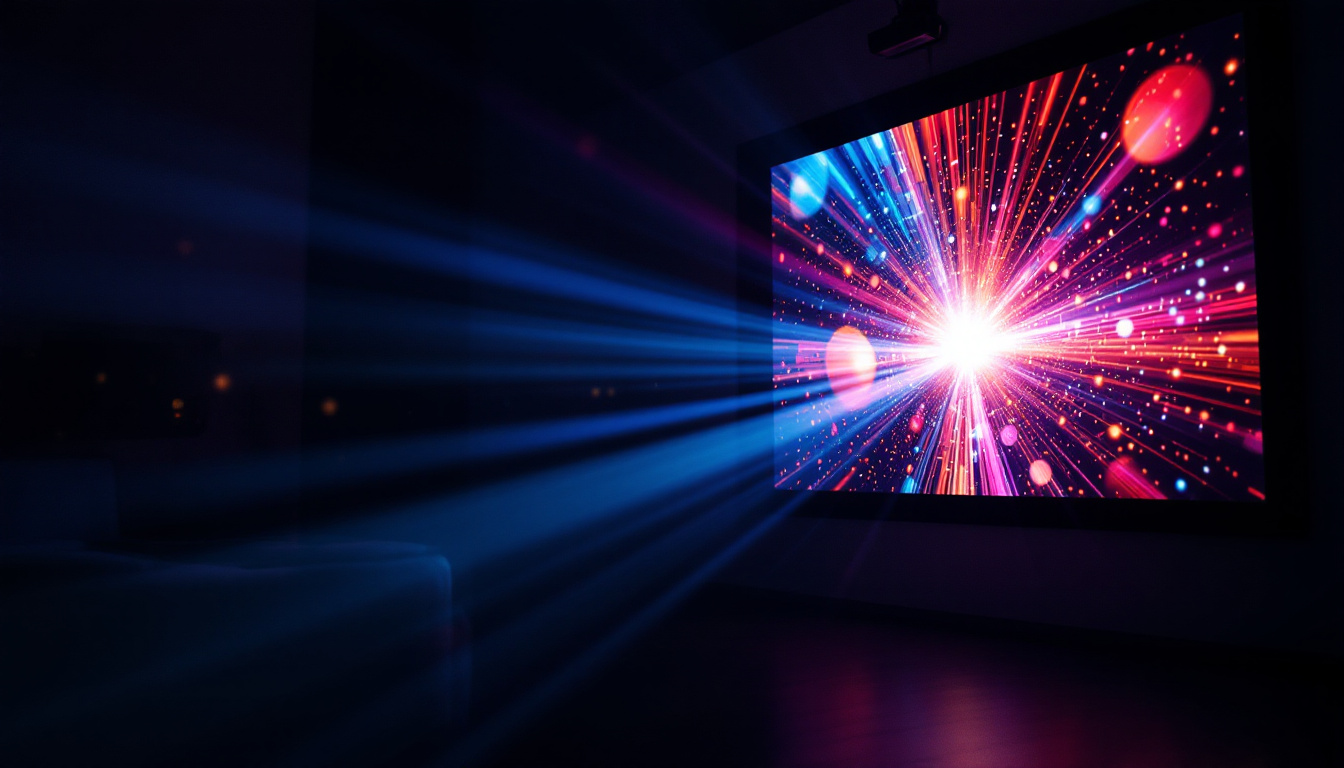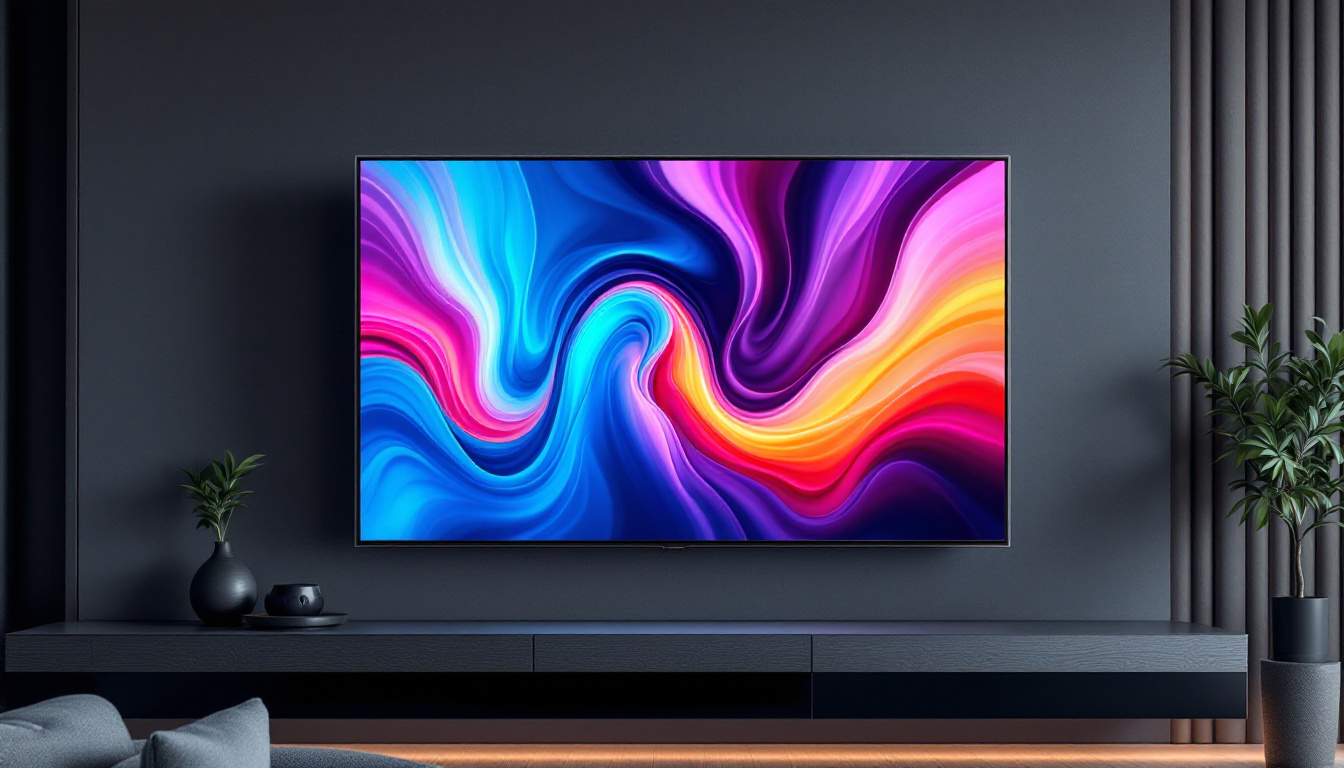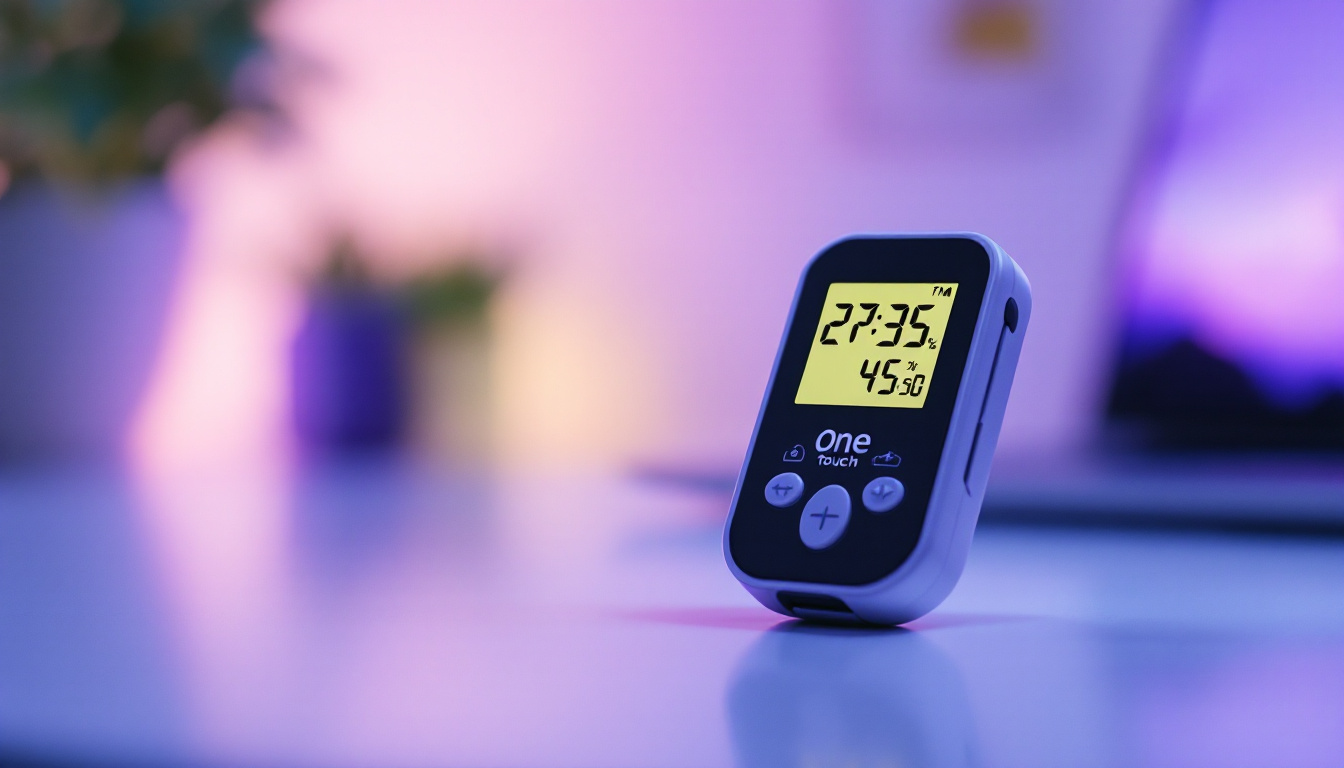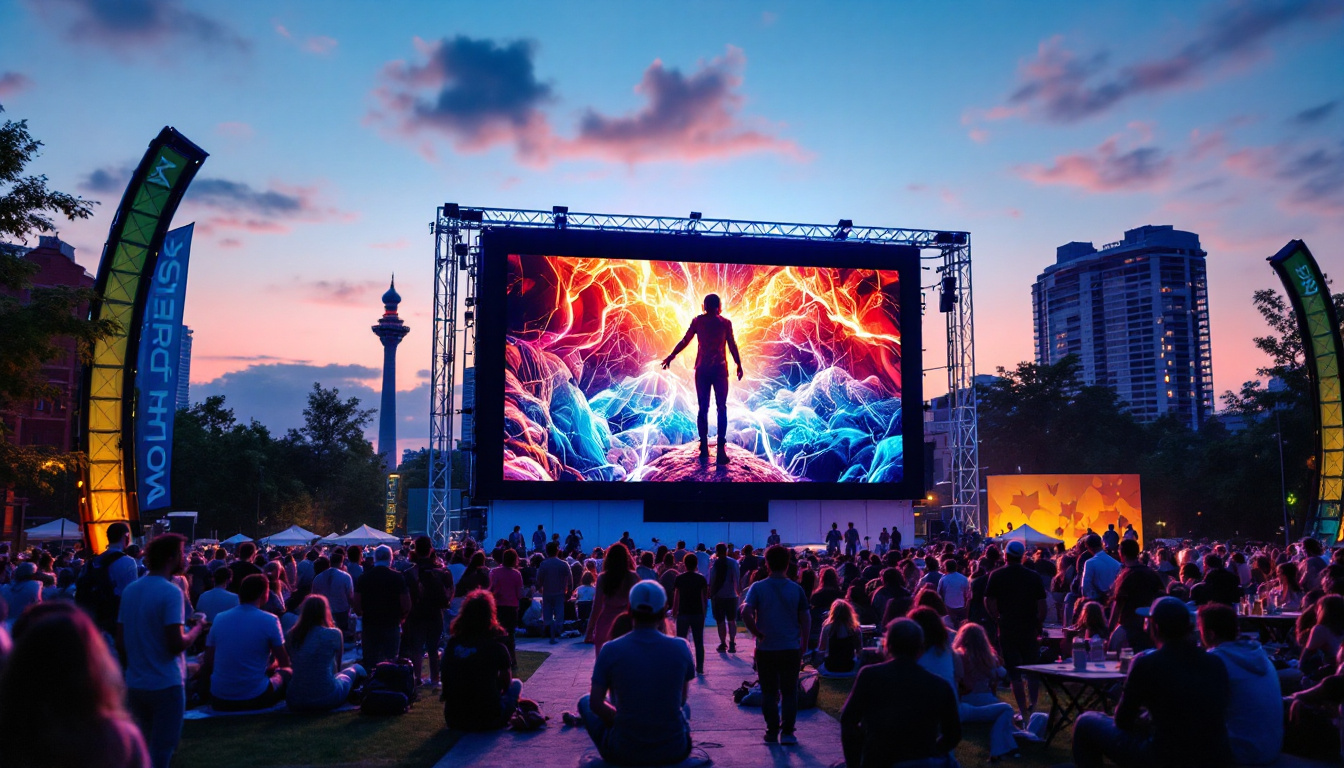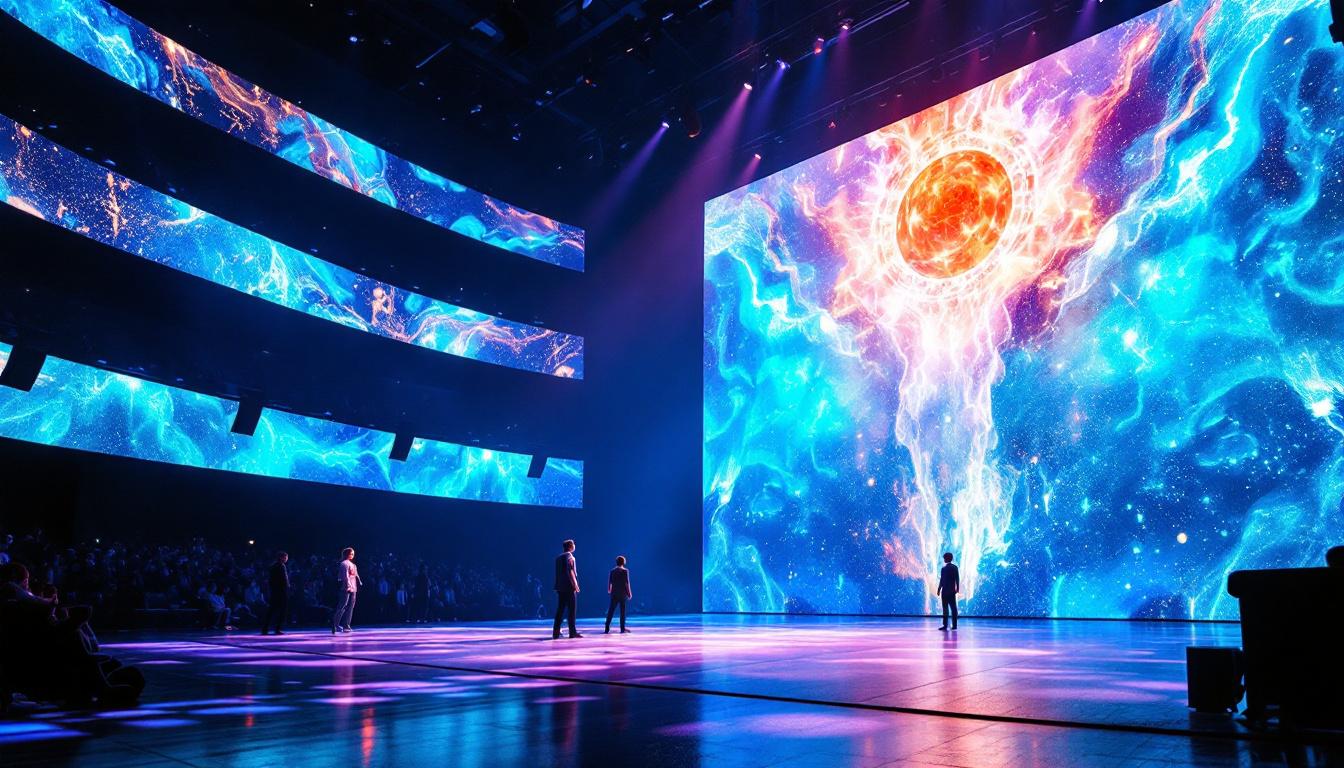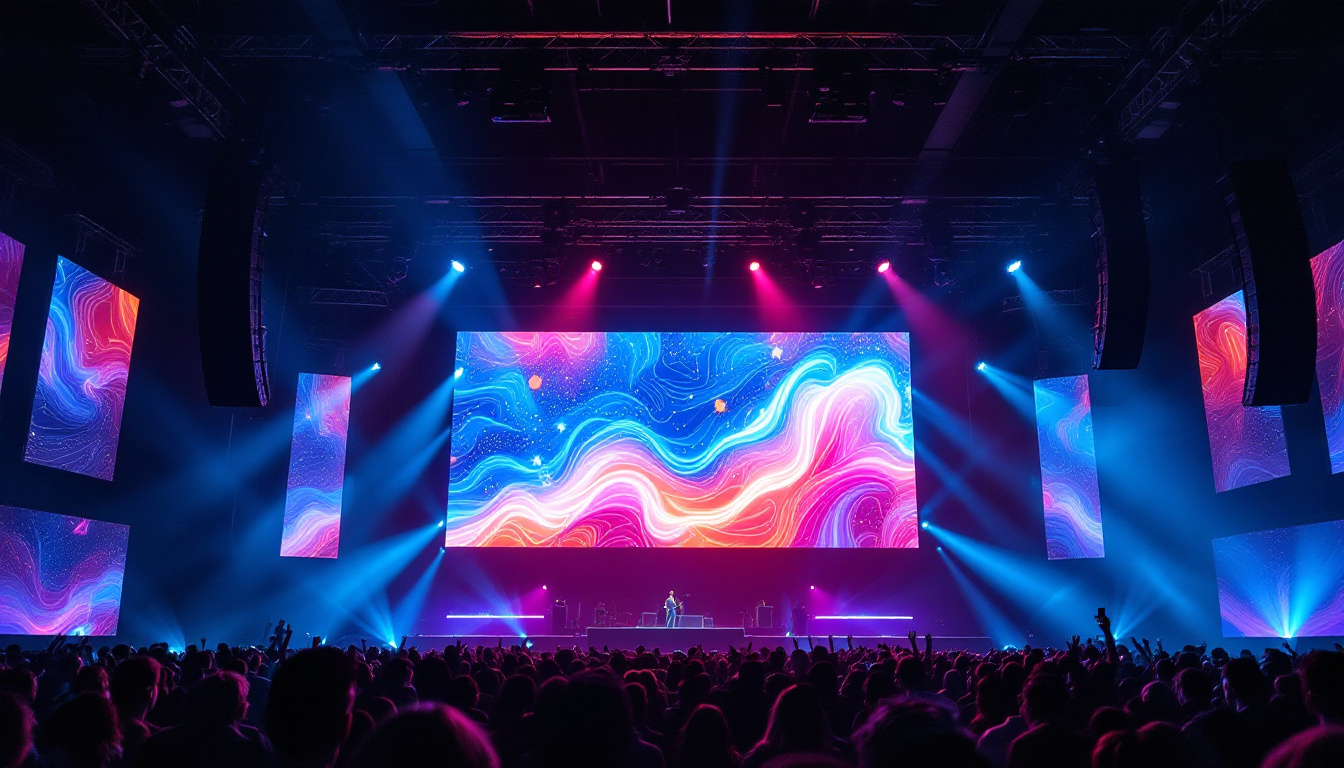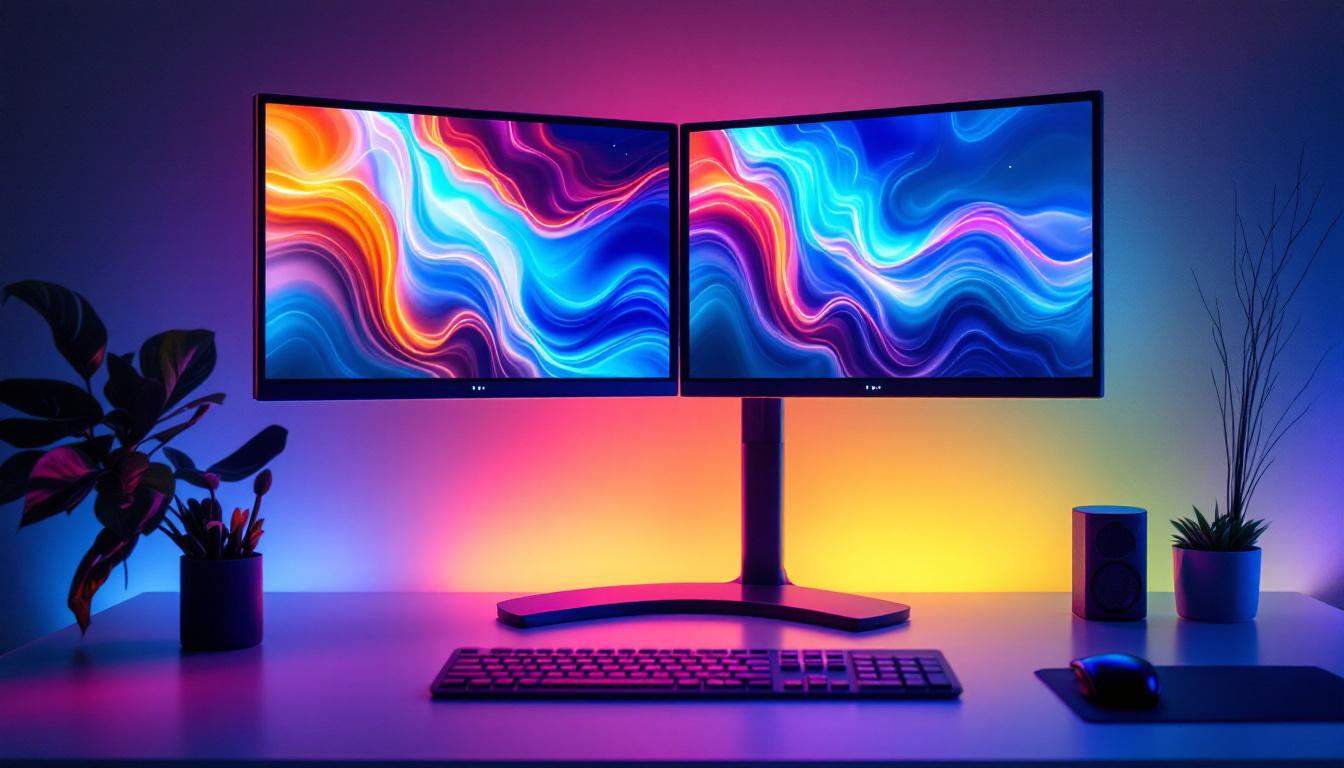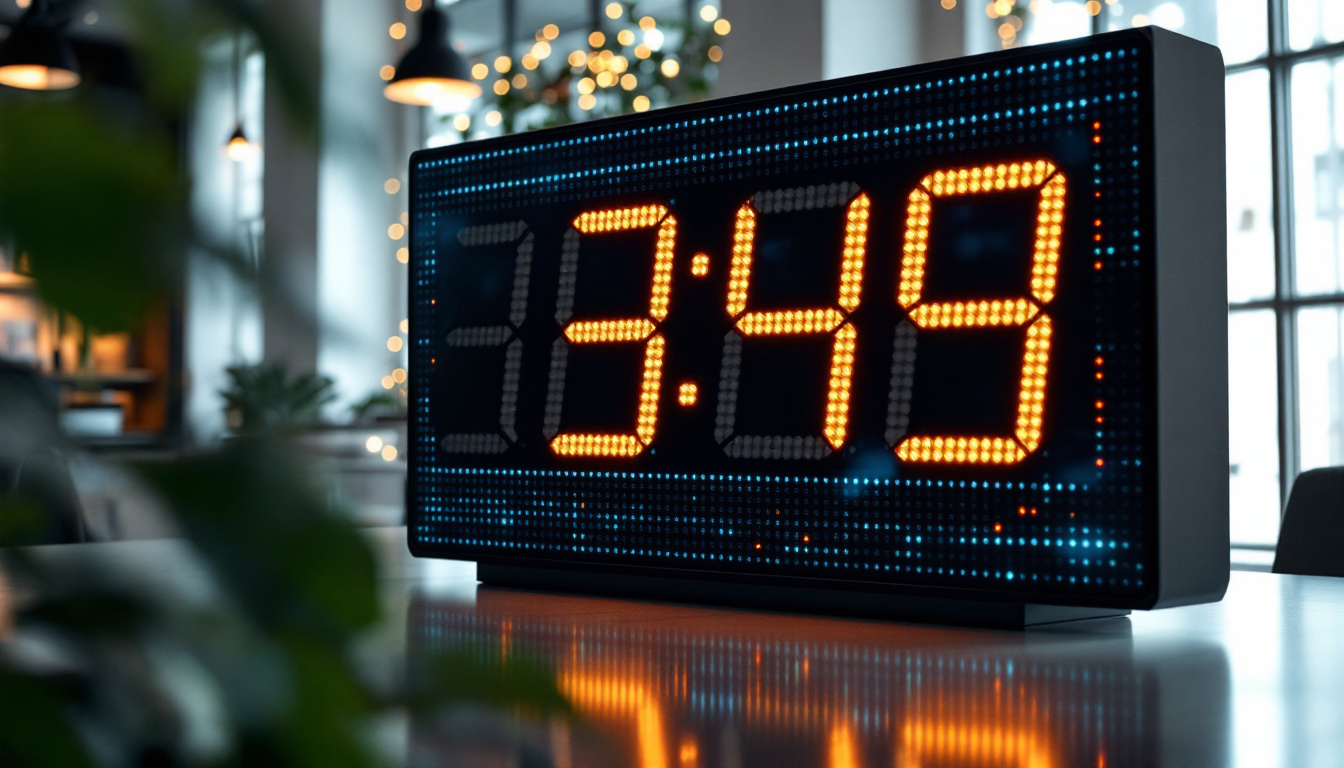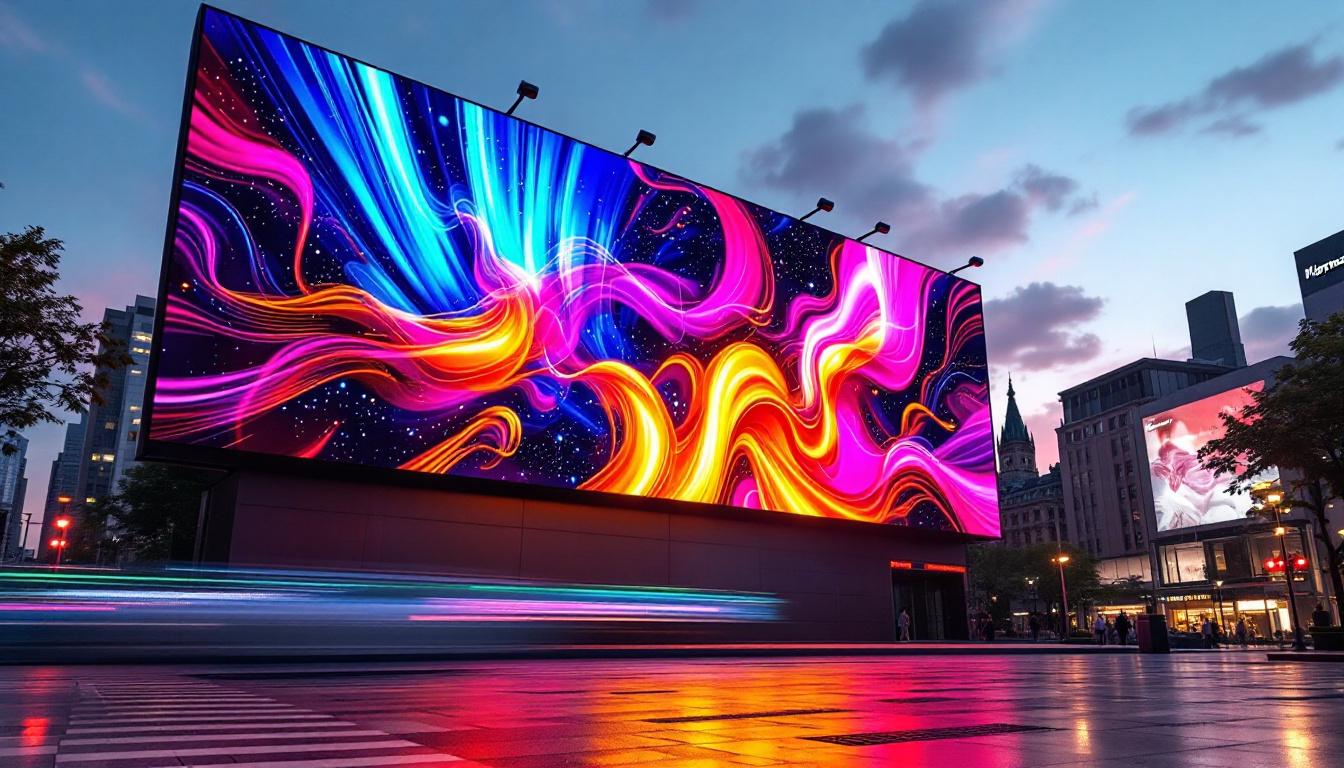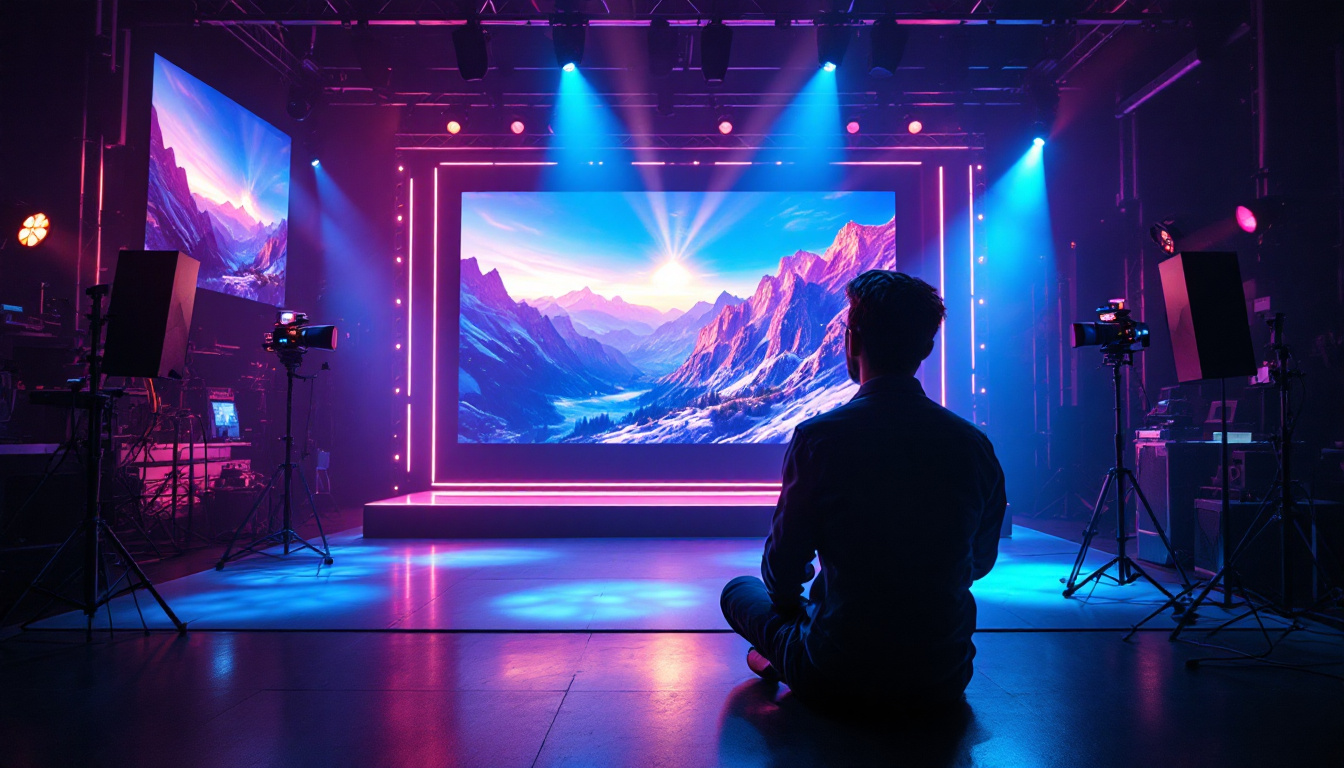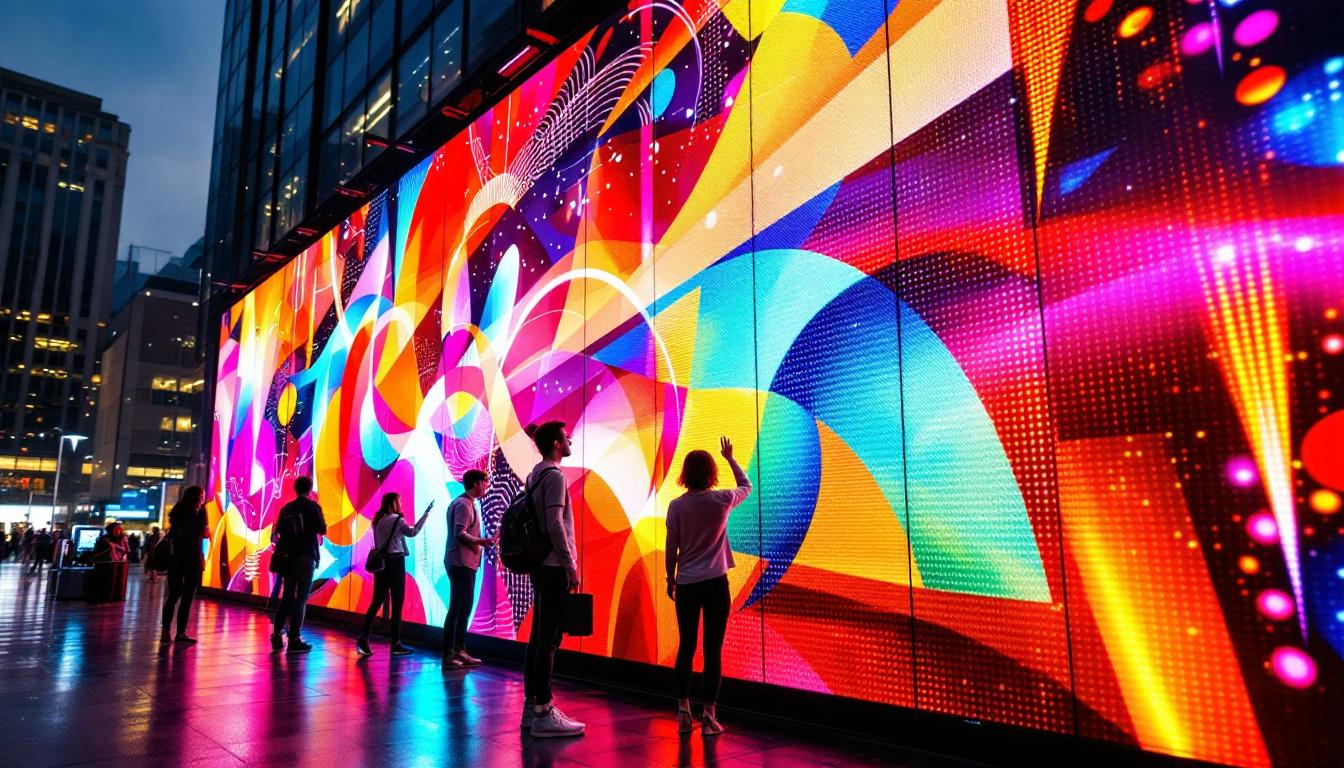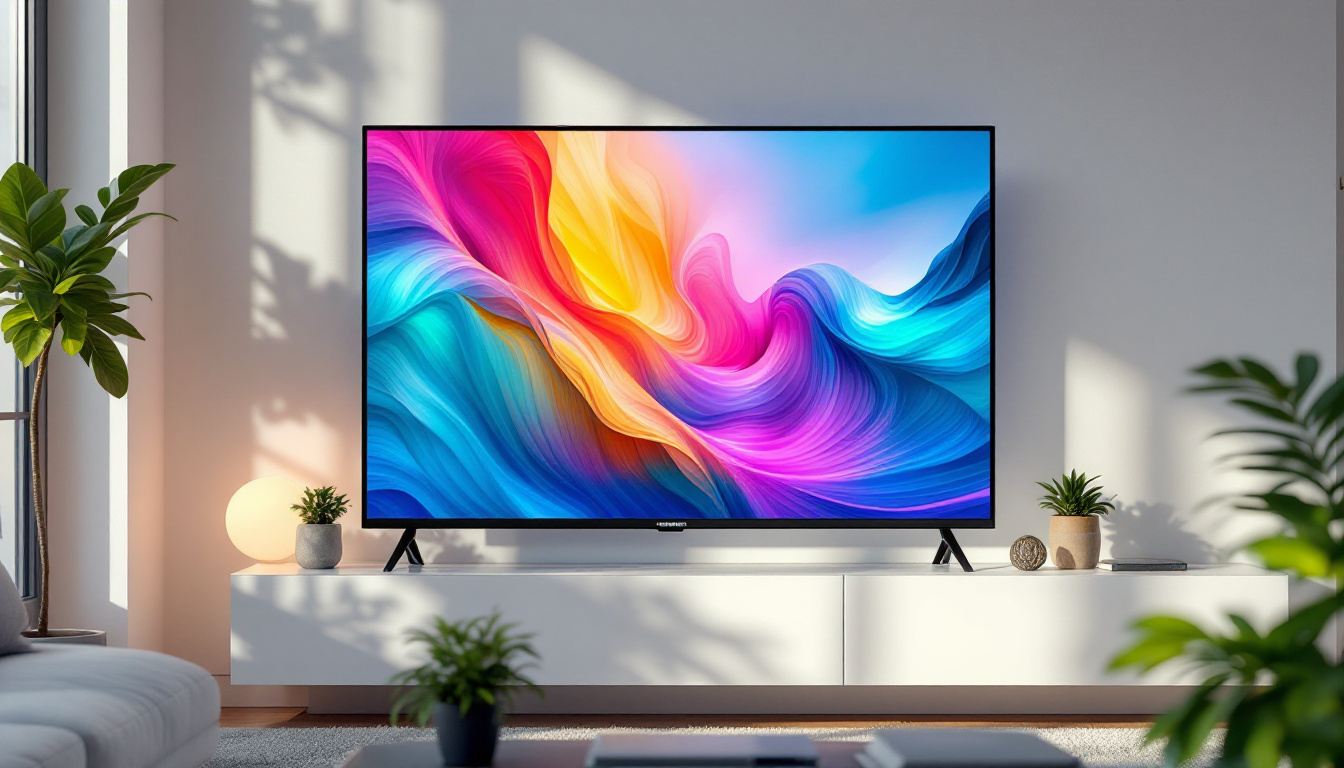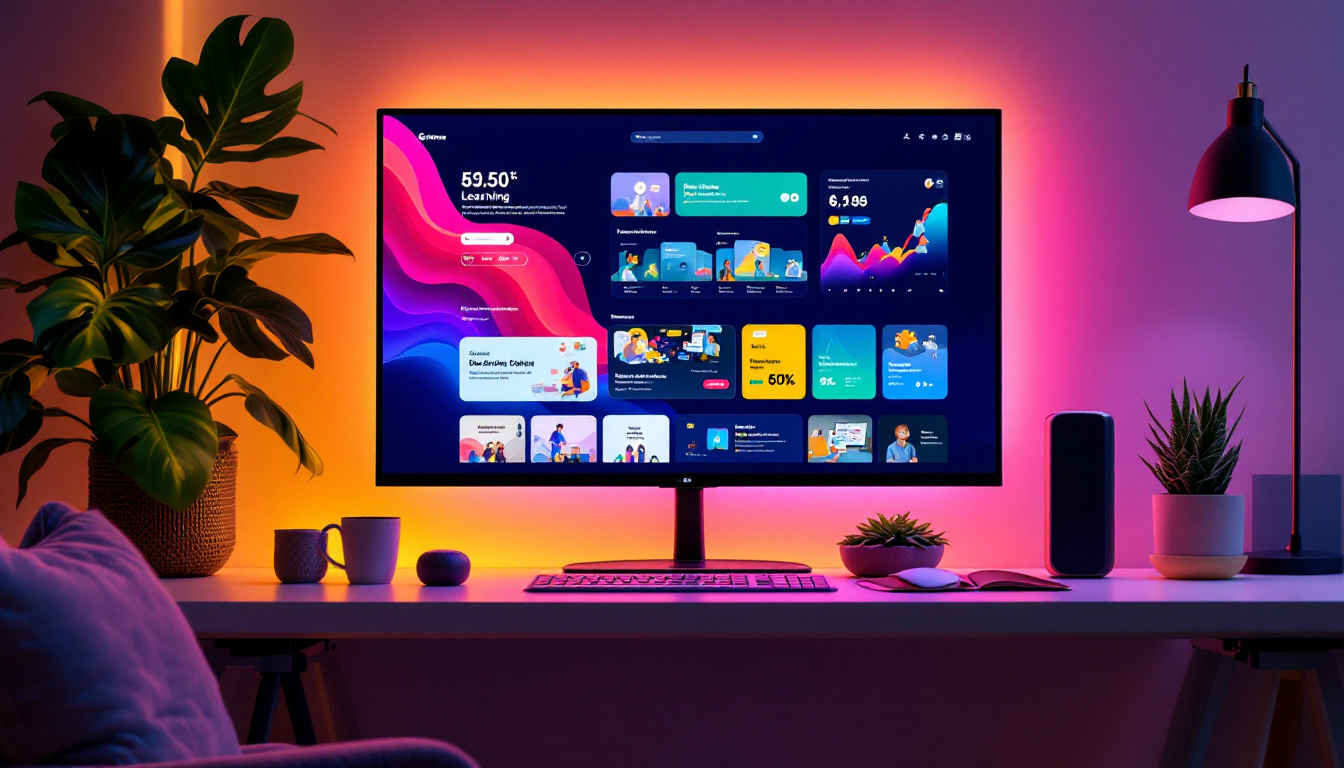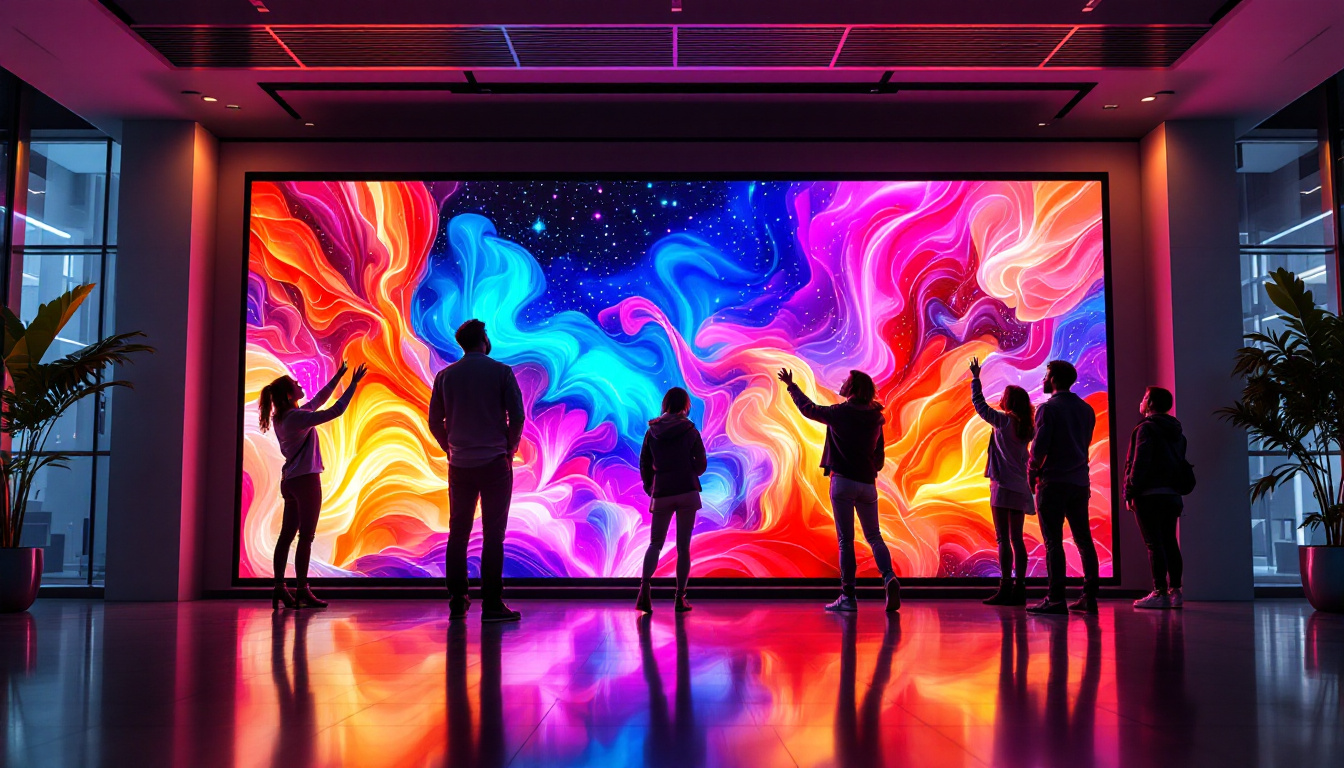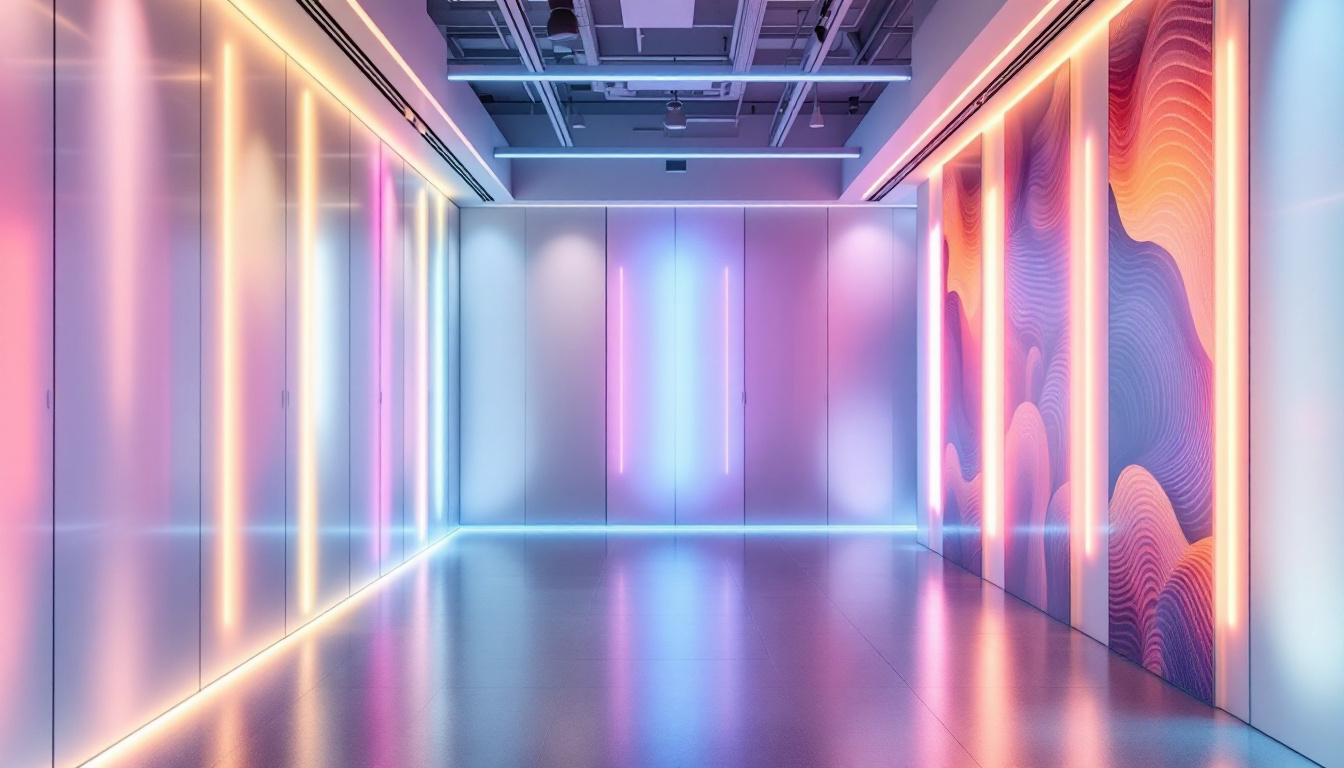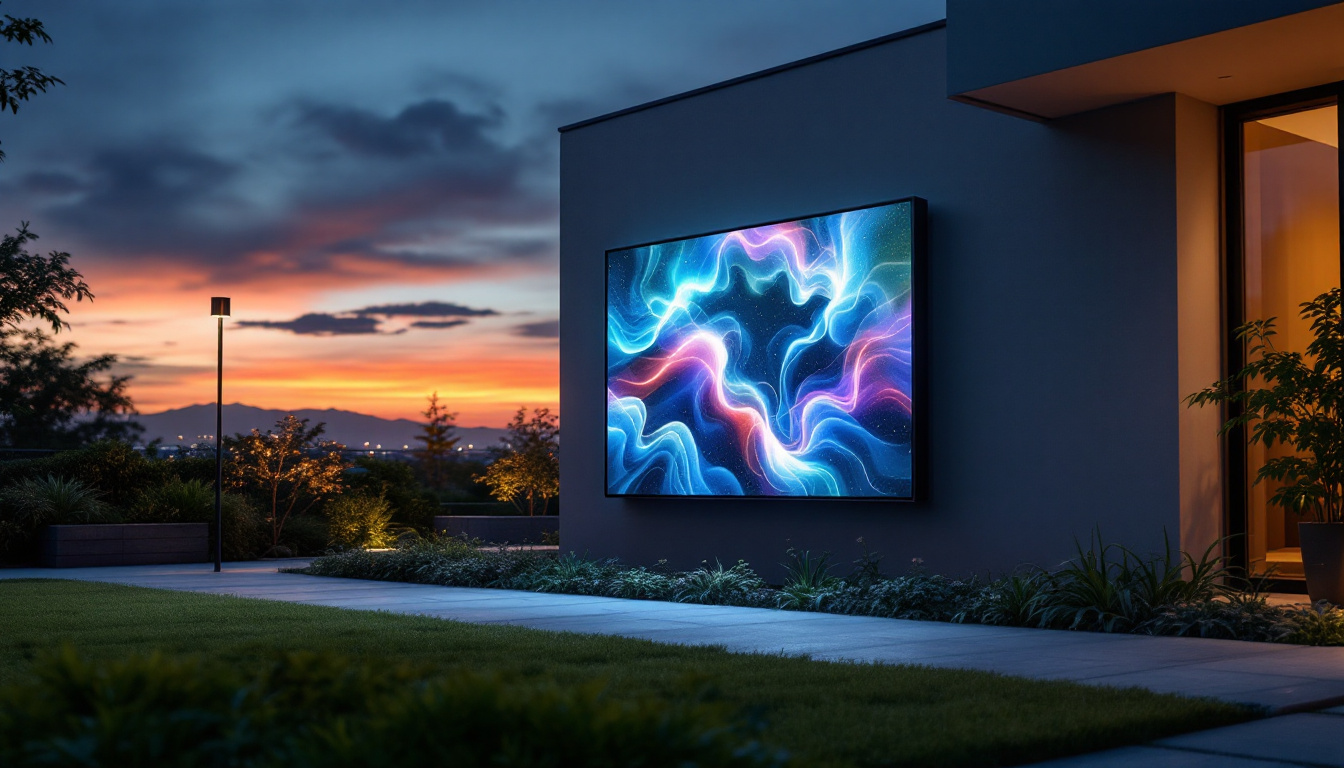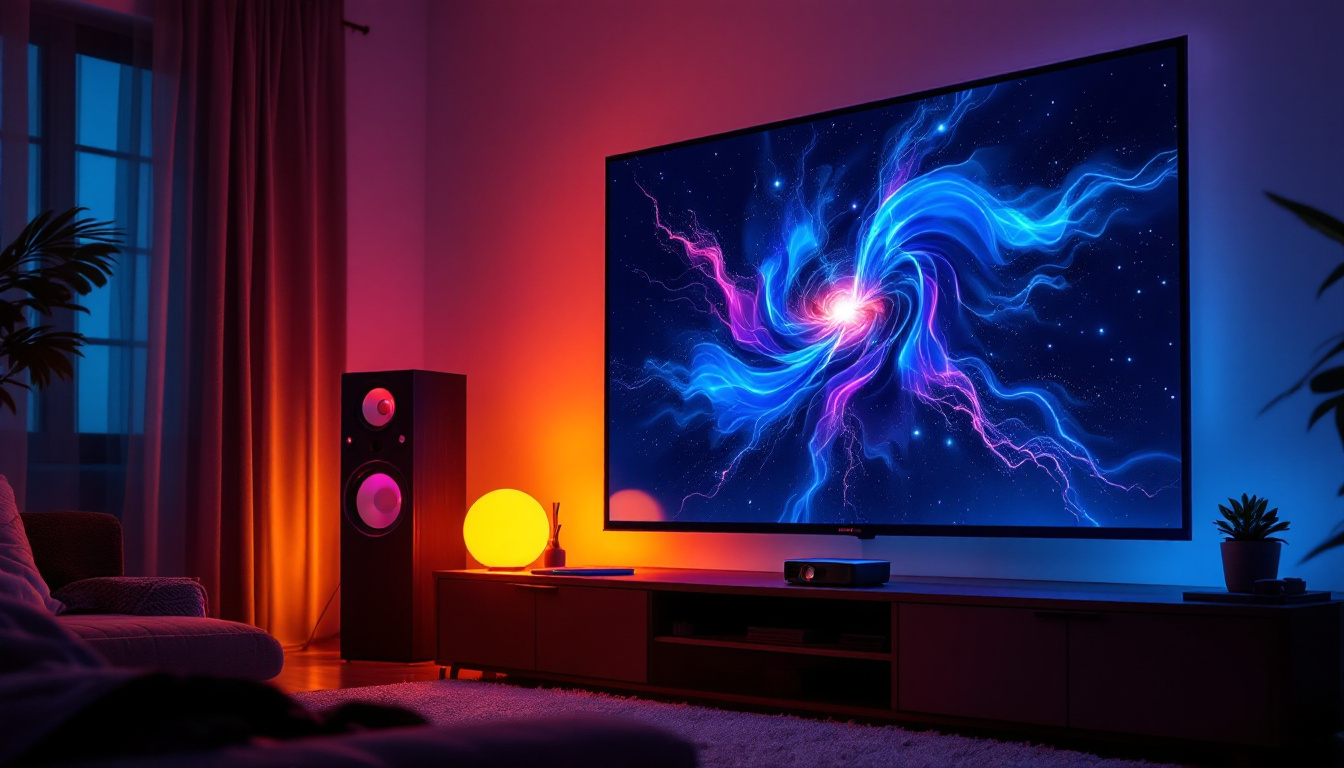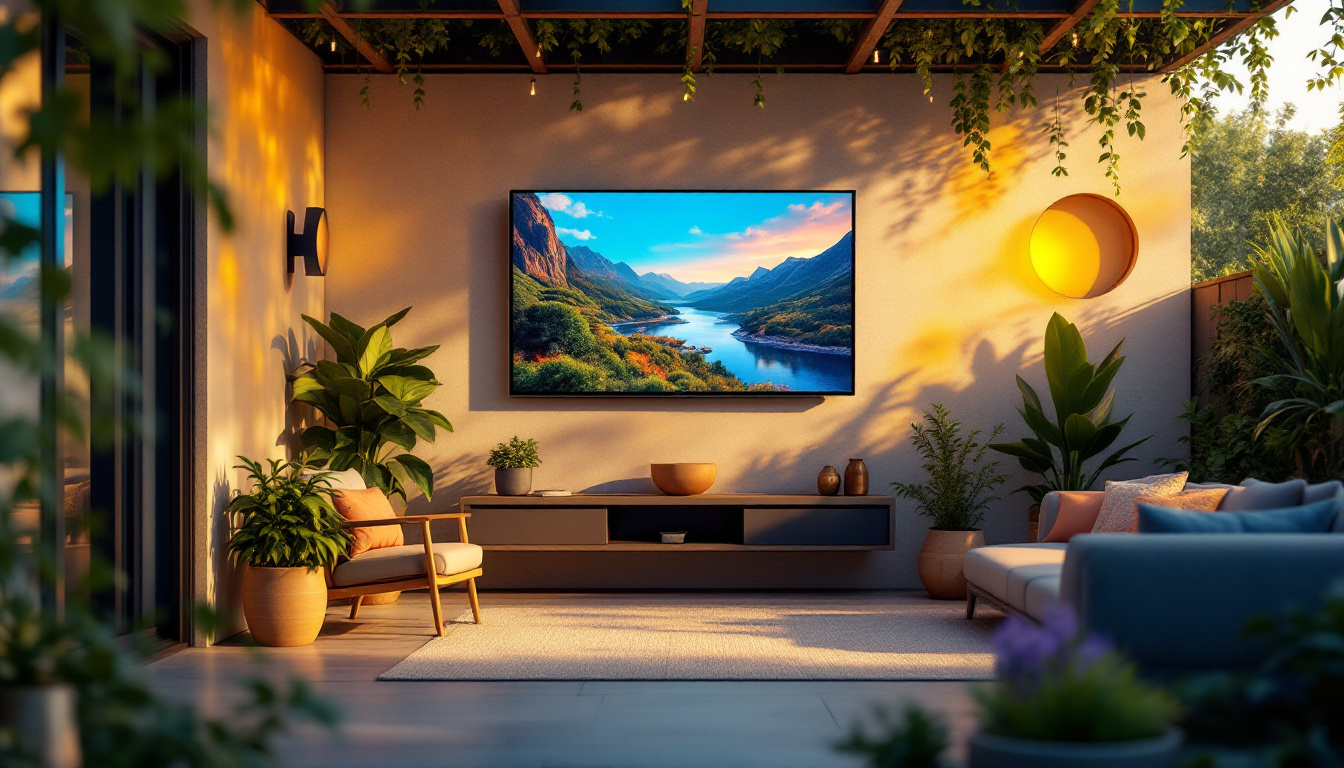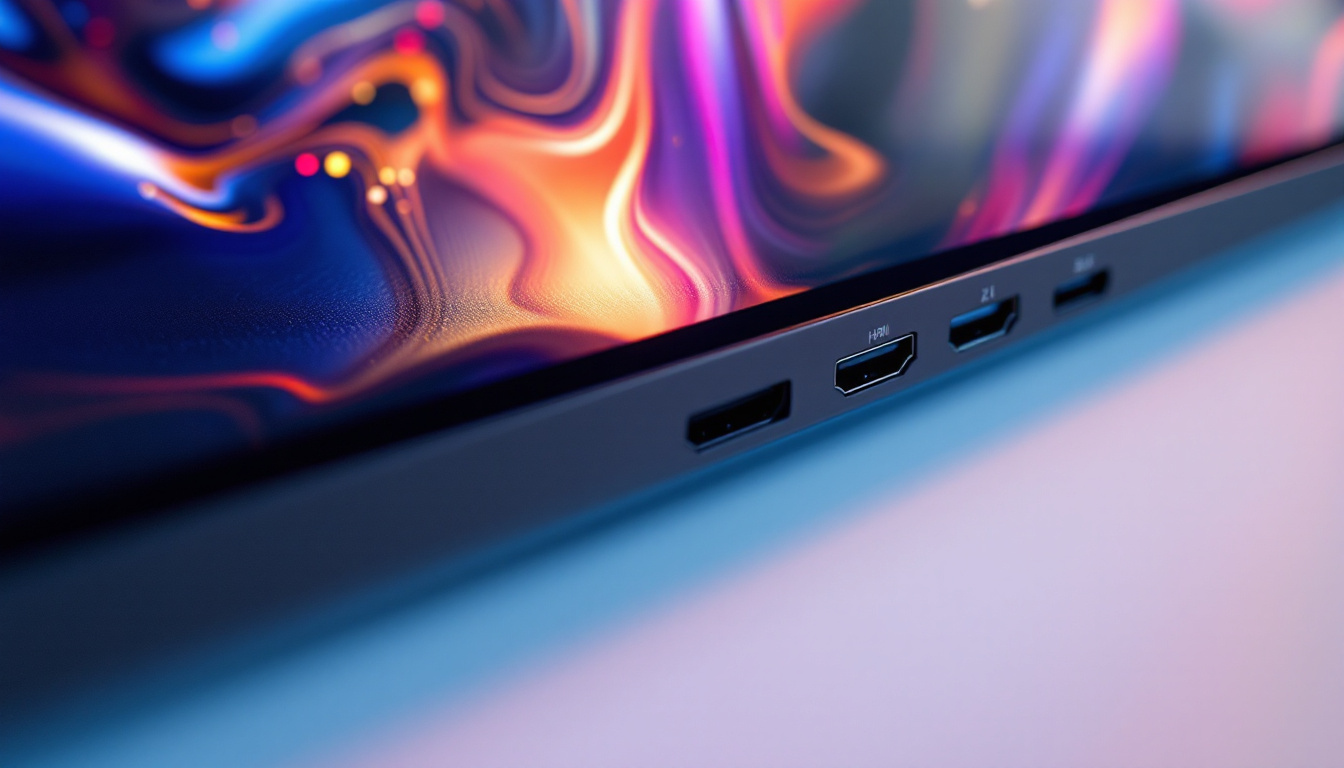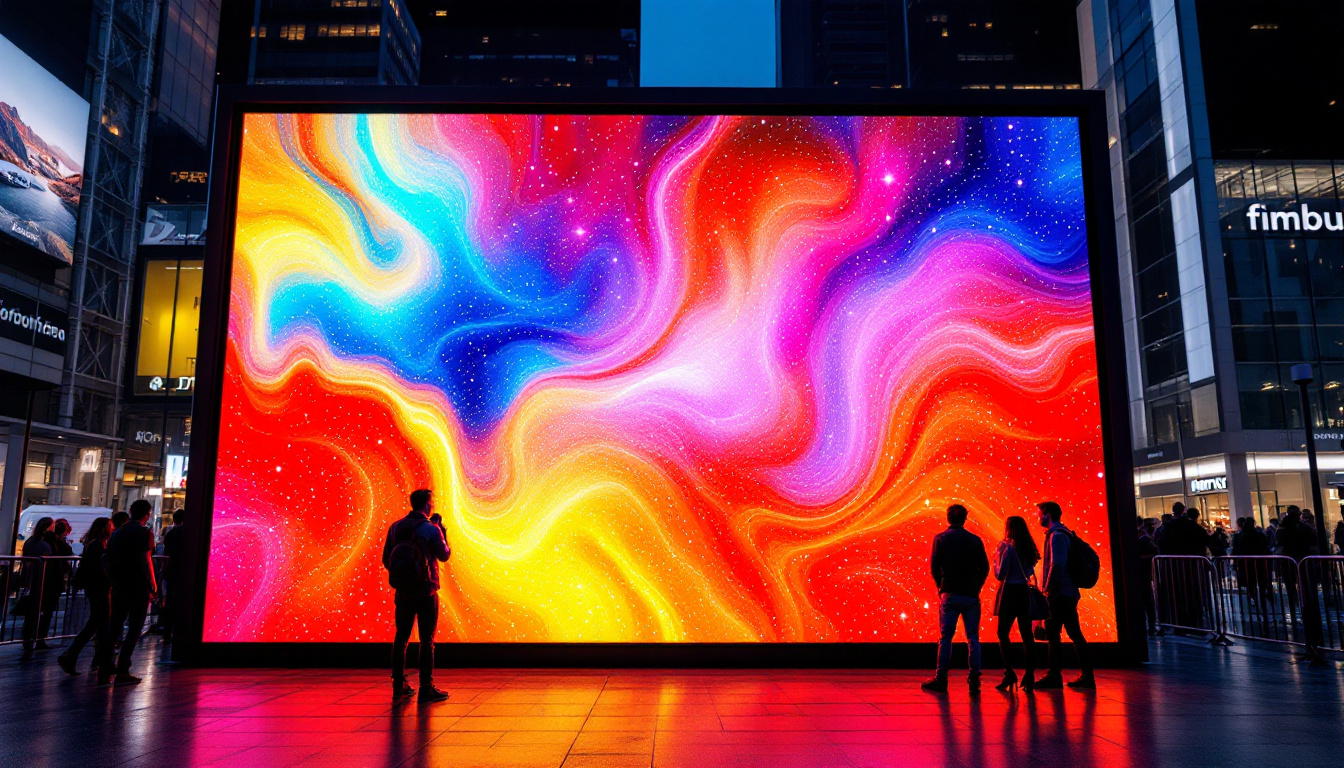In the realm of visual technology, projectors have become an essential tool for both personal and professional use. Whether for home theaters, corporate presentations, or educational purposes, understanding how to calculate the appropriate screen size for a projector is crucial for achieving optimal viewing experiences. This article delves into the intricacies of projector screen sizes, particularly focusing on LED displays, and provides a comprehensive guide to utilizing projector calculators effectively.
Understanding Projector Basics
Before diving into screen size calculations, it’s vital to grasp the fundamental components of projectors. Projectors work by casting light through a lens to display images onto a screen. The type of projector, its resolution, brightness, and throw distance all play significant roles in determining the best screen size for your needs. Additionally, understanding the environment in which the projector will be used can greatly influence your selection. For instance, a projector intended for a dark home theater will have different requirements compared to one used in a bright conference room.
Types of Projectors
There are several types of projectors available on the market, each with its unique features and advantages. The most common types include:
- LCD Projectors: These projectors use liquid crystal displays to create images. They are known for their vibrant colors and are often favored for educational settings. LCD projectors typically provide excellent color reproduction, making them ideal for presentations that require detailed graphics or images.
- DLP Projectors: Digital Light Processing projectors utilize a digital micromirror device to produce images. They tend to offer better contrast and are popular for home theaters. DLP technology is also less prone to color decay over time, ensuring that your images remain sharp and vivid for years.
- LED projectors: These projectors use light-emitting diodes as a light source. They are energy-efficient, have a longer lifespan, and provide excellent color accuracy. LED projectors are also compact and portable, making them a great choice for on-the-go presentations.
Key Specifications
When selecting a projector, several specifications must be considered:
- Resolution: The clarity of the image is determined by the resolution, which is measured in pixels. Common resolutions include 720p, 1080p, and 4K. Higher resolutions are especially important for large screens, as they ensure that images remain sharp and detailed even at close viewing distances.
- Brightness: Measured in lumens, brightness affects how well a projector performs in various lighting conditions. Higher lumens are necessary for well-lit environments. For instance, a projector with at least 3000 lumens is recommended for spaces with ambient light, while lower lumens may suffice in darkened rooms.
- Throw Distance: This refers to the distance between the projector and the screen. Understanding throw distance is essential for calculating the appropriate screen size. Short-throw projectors can project large images from a short distance, making them ideal for smaller rooms, while long-throw projectors are suited for larger venues.
Calculating Projector Screen Size
Determining the ideal screen size for a projector involves several factors, including viewing distance, projector specifications, and the intended use of the projector. A projector calculator can simplify this process, allowing users to input specific parameters to receive tailored recommendations.
Viewing Distance
The viewing distance is the distance from the screen to the audience. This distance significantly influences the screen size, as it affects how comfortably viewers can see the image without straining their eyes. A general rule of thumb is to position the audience at a distance of 1.5 to 2.5 times the diagonal size of the screen. For example, if you have a 100-inch screen, the audience should ideally be seated between 12.5 to 25 feet away. This range ensures that the image is large enough to be engaging while still being clear and easy to view. Additionally, factors such as the resolution of the projected image and the lighting conditions in the room can further affect how the viewing distance is perceived, making it crucial to consider these elements when planning your setup.
Aspect Ratio Considerations
Aspect ratio plays a critical role in screen size calculations. The most common aspect ratios for projectors are 16:9 (widescreen) and 4:3 (standard). The chosen aspect ratio will determine the dimensions of the screen, impacting how the image fits within the available space. For instance, a 16:9 aspect ratio is ideal for movies and presentations, while a 4:3 ratio may be more suitable for traditional slideshows. Furthermore, some projectors support multiple aspect ratios, allowing users to switch between formats depending on the content being displayed. This flexibility can be particularly beneficial in environments like classrooms or conference rooms, where different types of media may be presented. Understanding the implications of aspect ratio not only helps in selecting the right screen size but also enhances the overall viewing experience by ensuring that the image is displayed as intended.
Using a Projector Calculator
Projector calculators are invaluable tools that help users determine the optimal screen size based on input parameters. By entering the projector’s specifications, such as throw distance and desired image size, users can receive accurate recommendations. Many online calculators also factor in the aspect ratio, ensuring that the output aligns with the user’s needs. These calculators often provide additional insights, such as the recommended brightness level for the projector based on the screen size and ambient light conditions. This information is crucial for achieving the best image quality, as a projector that is too dim will result in a lackluster viewing experience, while one that is too bright may cause eye strain. Moreover, some advanced calculators allow users to simulate different setups, giving them a visual representation of how various screen sizes and distances will look in their specific environment, making the selection process even more intuitive and user-friendly.
LED Projectors and Their Benefits
LED projectors have gained popularity due to their numerous advantages over traditional lamp-based projectors. Understanding these benefits can help users make informed decisions when selecting a projector for their specific needs.
Energy Efficiency
One of the standout features of LED projectors is their energy efficiency. Unlike traditional projectors that rely on high-wattage lamps, LED projectors consume significantly less power. This not only reduces electricity costs but also minimizes the environmental impact.
Longevity and Maintenance
LED projectors boast an impressive lifespan, often exceeding 20,000 hours of usage. This longevity translates to less frequent replacements and lower maintenance costs. Users can enjoy consistent performance without the hassle of changing bulbs regularly, making LED projectors a more convenient option.
Color Accuracy and Brightness
LED technology provides exceptional color accuracy, resulting in vibrant and lifelike images. Additionally, LED projectors can deliver high brightness levels, making them suitable for various environments, including well-lit rooms. This versatility ensures that users can enjoy clear visuals regardless of the setting.
Choosing the Right Screen Size for Your LED Projector
When selecting the right screen size for an LED projector, several factors must be considered to ensure an optimal viewing experience. This section outlines key considerations to guide users in making the best choice.
Room Size and Layout
The size and layout of the room where the projector will be used significantly impact the screen size selection. A larger room may accommodate a bigger screen, while a smaller space may necessitate a more compact option. Additionally, the layout of the room, including seating arrangements, should be taken into account to ensure that all viewers have a clear line of sight.
Content Type
The type of content being displayed also influences the ideal screen size. For presentations with text-heavy slides, a larger screen may be beneficial to ensure readability. Conversely, for movie viewing, a screen that matches the aspect ratio of the film can enhance the cinematic experience.
Personal Preferences
Ultimately, personal preferences play a significant role in screen size selection. Some users may prefer a larger screen for an immersive experience, while others may prioritize a more modest size for practicality. It’s essential to strike a balance between personal preferences and the technical specifications of the projector.
Common Mistakes to Avoid
When calculating projector screen size, several common mistakes can lead to suboptimal viewing experiences. Being aware of these pitfalls can help users make informed decisions.
Ignoring Throw Distance
One of the most significant errors is neglecting the throw distance. Each projector has a specific throw ratio that determines how far it needs to be from the screen to achieve a particular image size. Failing to account for this can result in images that are either too large or too small for the intended space.
Overlooking Ambient Light
Ambient light can drastically affect the visibility of projected images. Users often underestimate the impact of lighting conditions, leading to poor image quality. It’s crucial to consider the amount of natural and artificial light in the room when selecting a screen size and projector type.
Choosing the Wrong Aspect Ratio
Another common mistake is selecting the wrong aspect ratio for the intended content. Using a widescreen projector with a standard screen can result in letterboxing, while using a standard projector with a widescreen screen can lead to cropping. Ensuring compatibility between the projector and screen is essential for optimal viewing.
Conclusion
Understanding how to calculate the appropriate screen size for a projector, particularly an LED display, is essential for maximizing the viewing experience. By considering factors such as viewing distance, aspect ratio, and room layout, users can make informed decisions that cater to their specific needs. Additionally, leveraging projector calculators can simplify the process, providing tailored recommendations based on individual parameters.
LED projectors offer numerous advantages, including energy efficiency, longevity, and superior color accuracy. By taking the time to select the right screen size and avoiding common mistakes, users can create an engaging and enjoyable visual experience, whether for home entertainment, business presentations, or educational purposes. Ultimately, investing in the right projector and screen combination can transform any space into a captivating viewing environment.
Discover LumenMatrix LED Display Solutions
Ready to elevate your visual experience with the perfect LED display? LumenMatrix is at the forefront of LED display technology, offering a wide array of solutions tailored to your unique needs. From stunning Indoor and Outdoor LED Wall Displays to innovative options like Vehicle LED Displays and LED Sports Displays, our products are designed to captivate and engage your audience. Embrace the future of visual communication with LumenMatrix and create unforgettable experiences. Check out LumenMatrix LED Display Solutions today and see the difference for yourself.

